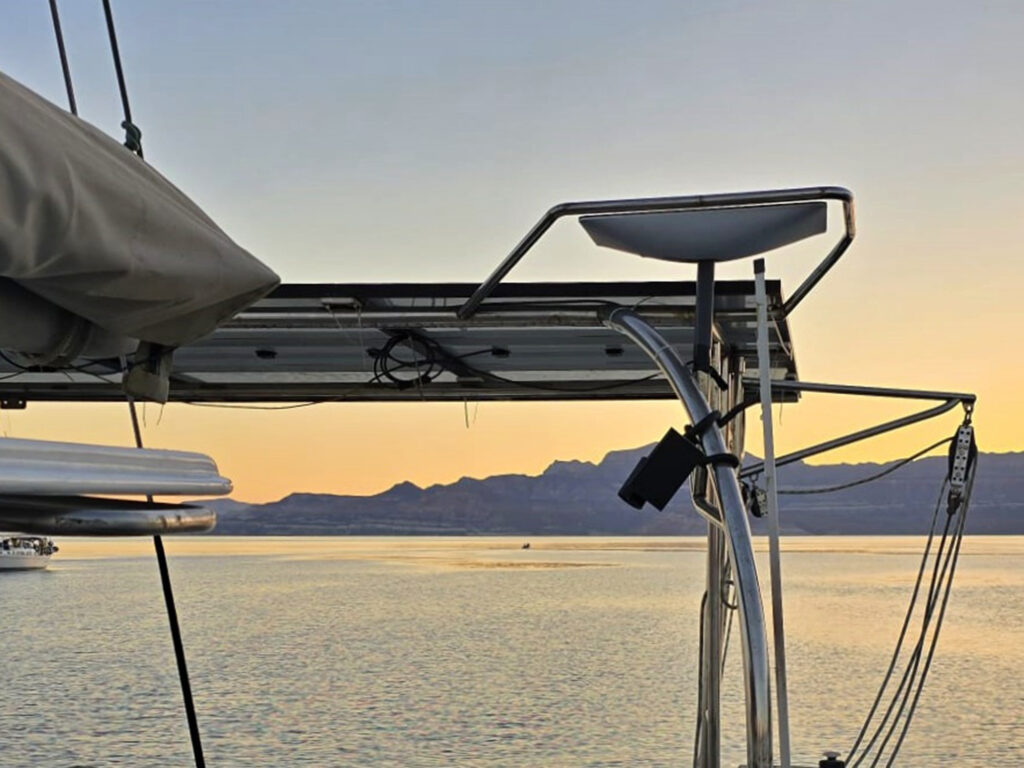
Looking for an explainer on using Starlink while sailing your boat around the world? How to combine it with offshore communications tools for safety at sea?
Here are all the details of our experience with our own Starlink installation, modifications, service plan options and other essential offshore comms, as well as a look at how Starlink is used in the wider cruising community today.
The first thing to know is that terms can be loaded. SpaceX has changed terminology for Starlink hardware and plans a number of times in the past few years. I’m using terms that are current in 2024.
Second, I’m not an expert at Starlink. I’m a cruiser on a Stevens 47, Totem, who is, like so many of us, astonished at the way our lives are changing around this new technology access. The work that my husband, Jamie, and I do relies upon this connectivity, and our safety tools are increasingly leveraging it as well. I welcome constructive feedback and comments from legit technology experts.
As I write this, Totem is swinging at anchor in turquoise water off Isla San Francisco in Mexico. We’re only able to linger in this Sea of Cortez idyll because of Starlink. We are miles from cell service.
The first time we came here, in 2009-10, we only needed connectivity for weather updates. We got them through our single-sideband radio and via Iridium GO! But today, streaming video calls for our coaching service demands high bandwidth. The Starlink on our stern arch allows us to linger instead of hustling to La Paz. It will be weather (unlikely) or provisions (eventually) or crew flying in (hard dates on those) that will bring us back instead.
Antenna selection
We purchased Starlink in November 2022. We chose a residential Gen 2 dish ($599 at the time; we paid about half in Mexico). This was the rectangle that succeeded the round Dishy McFlatface in 2021. The antenna was used at our apartment in Mexico for a year while completing Totem’s refit, and it is now on a sturdy stern arch mount next to the solar panels. It draws 2 to 3 amps per hour.
This same Gen 2 dish seems to be the most widely distributed among cruisers. In February 2024, it was replaced by a similar Gen 3 dish. The newer dish uses conventional connections on the cable from the antenna, has LAN ports directly on the dish, doesn’t have internal motors, and is supposed to have up to twice the data throughput (300-plus megabits per second). However, it can use 50 percent more power. Gen 3 also has a slightly larger footprint and a different base.
The other option is the Flat High Performance dish ($2,500), a larger rectangle and the only antenna officially approved for in-motion use. Yes, cruisers are using the Gen 2 and Gen 3 dishes in motion, technically out of terms of service, but apparently slow sailboats aren’t ringing the alarm bells at SpaceX. High-performance dishes have a wider view of the sky for better satellite acquisition (so, presumably, more stable connectivity) and use considerably more power, at least double that of our Gen 2 dish.
SpaceX has said that a Starlink Mini dish will be released in late 2024. This antenna is supposed to be much smaller, about the size of a tablet; be set up for DC electricity; and consume significantly less power. Make it half the price and it’ll be a cruiser winner.
Don’t have Starlink yet? Use our link to order, and we’ll each get a free month of service.
Installation on board
Choosing a location wasn’t too hard. There are two factors: Where is the clearest view of the sky? And, where is the dish most out of the way?
The obvious location on Totem was off the arch on our transom. While we were in Puerto Peñasco, the Cabrales Boatyard welder worked with my husband, Jamie, to create a mount on the port side of the arch.
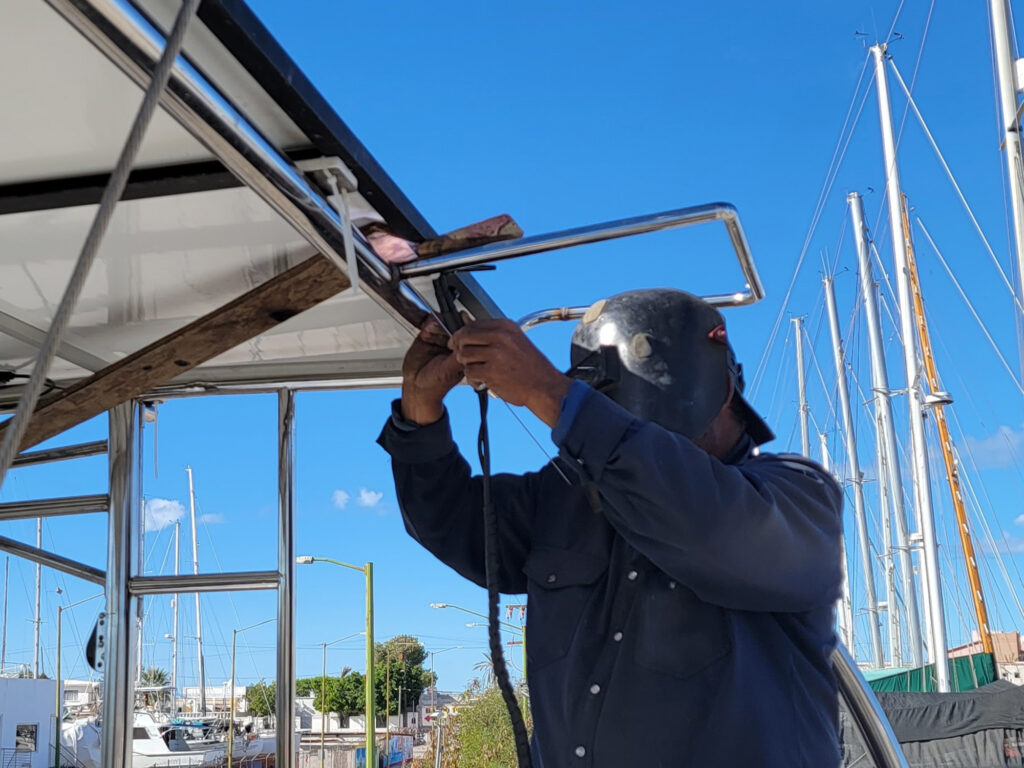
A key customization we made was a stainless tube to frame the perimeter of Totem’s dish. The idea is that if a reefing line or the main sheet flails that way, it will not catch on the antenna and damage it, or send it flying.
The Gen 3 announcement came in time for us to shape the frame’s dimensions to accommodate it, in case we decide to upgrade.
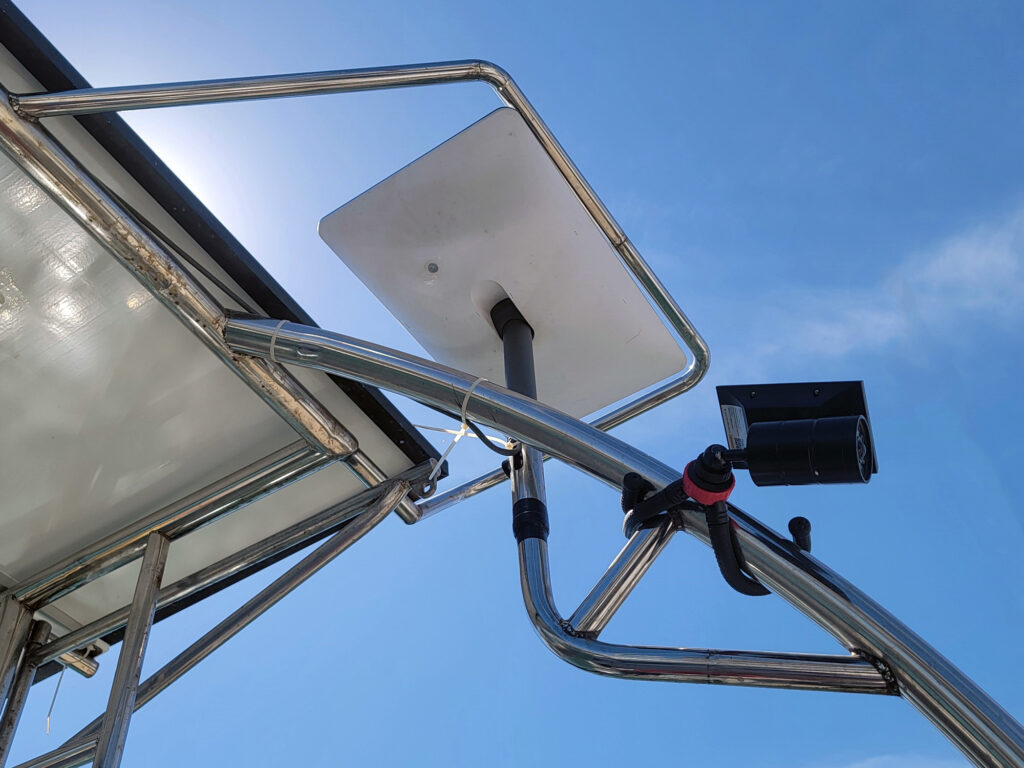
Service plans and costs
Three plans are overwhelmingly used in the cruising community. Mobile-Regional, US accounts $150, for service when changing locations within a single continent; Mobile–Global, US accounts: $200, for consistent service when traveling between continents; and Mobile Priority, which is an add-on to keep service active when you’re away from official coverage areas (see Starlink’s coverage map). US accounts: $2/GB.
We ordered the dish in Mexico and shipped it to our apartment near the Cabrales Boatyard, which set us up with a Mexican service address for our account. Once we sailed south, we switched from the residential plan to a Mobile–Regional plan. When transiting the Sea of Cortez, we toggle on Mobile Priority data. We’ll do the same on the way to Hawaii.
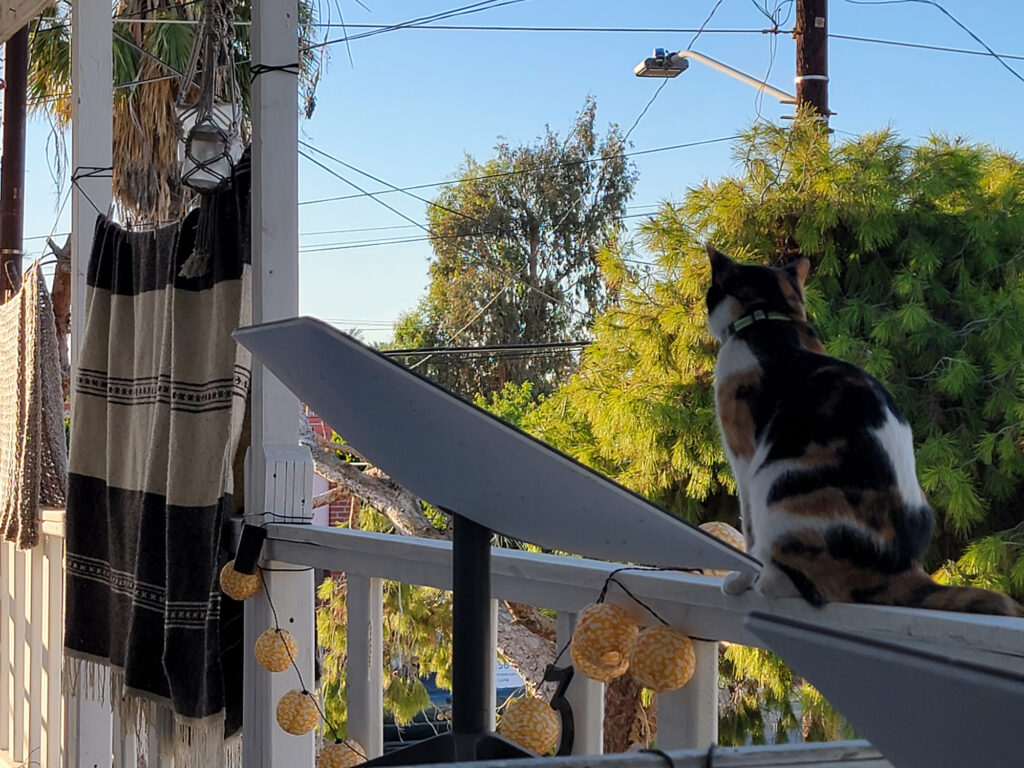
Costs for each of these plans scale and vary by country. Pricing is based on the service address where our dish was originally sent; we pay about half the US rate for our Mobile-Regional plan. It’s not all cheaper, though: Mobile Priority data costs more on our Mexican account, and a Mobile-Global plan would run approximately $70 more than US customers pay monthly.
There are websites dedicated to tracking the range in service plan costs by country. Our data consumption when offshore, so far, has averaged around 6 GB per day on Totem. At nearly $3 per GB on our Mexican plan, it adds up, but it’s a bargain compared to the alternatives for high-bandwidth internet offshore.
Crossing an ocean with Starlink
There are the official terms, and then there are the real-life practices.
Officially, when moving between continent-based regions, Starlink expects an account to be on a Mobile–Global service plan. Offshore and outside of service areas, Mobile Priority data must be toggled on. For example, a cruiser starting in Sicily (European region) who sails to the Caribbean (North America), then stops in Colombia (South America) on the way to the Panama Canal, and transits from there to French Polynesia (Oceania) in the spring would be in at least four (or five, if they were in Africa) regions.
In practice, cruisers have used Mobile-Regional plans without service interruption while transiting regions, such as sailing from Gibraltar to St Lucia, or from Panama to the Marquesas. Mobile Priority does need to be switched on.
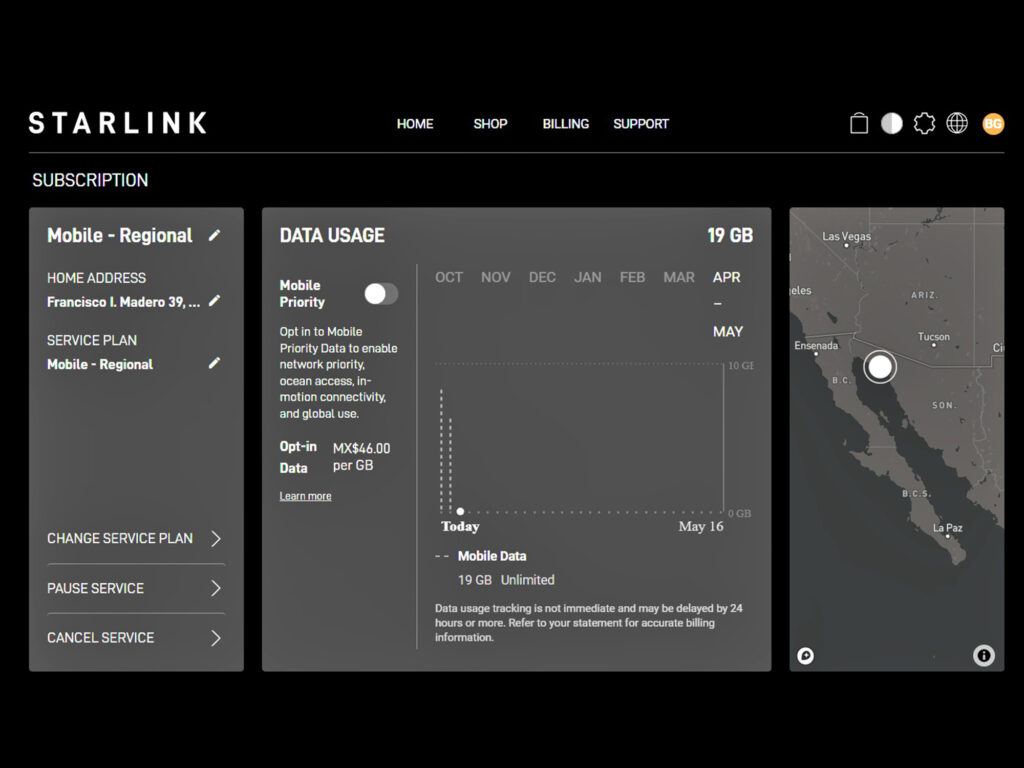
Officially, if you’re using Mobile-Regional in a new country for more than two months, you’re supposed to change your service address to the new country, or return to the country where your service address is located.
In practice, there is no enforcement of this country requirement unless regions are changed as well. Many cruisers find ways to optimize their service plans based on location without repercussions. For example, cruisers sailing from the Americas to French Polynesia generally choose among three options after arriving: They continue with Mobile-Regional with Mobile Priority data on, or they switch to Mobile-Global, or they sell the hardware to themselves and associate it with a new account in the region. This hack requires reassigning the hardware to the new account, and then closing the old account.
No matter how they set up Starlink, some cruisers limit the power draw and data cost by turning it on once or twice a day offshore.
Modifications to consider
Three modifications help our Starlink work better on board Totem.
First, we converted the AC powered dish to 12-volt DC. Why? To reduce power consumed overall.
Here, we needed two aftermarket components: a 150W GigE Passive PoE Injector ($65) and 12-to48-volt DC Step Up Converter ($39). Connect the cable from the dish to the PoE, which is connected to the step-up converter. Gen 3 dishes have a standard RJ45 connection at the end of the cable; Gen 2 users will need to convert it. That’s the next step. Remember to add a fuse block.
Second, we replaced the Starlink router. Why? To add power efficiency and access more features.
The ethernet cord coming out of the Gen 2 dish has a proprietary connection. That’s annoying when you want to use a different router. We converted ours through this rectangular Dishy cable adapter to RJ45 ($30), then used Totem’s existing MikroTik router ($75). We’re running PredictWind Data Hub ($299) in this mix. Make those connections (network cable on one side of the PoE box, power on the other), and then it works once the 12-volt power is on.
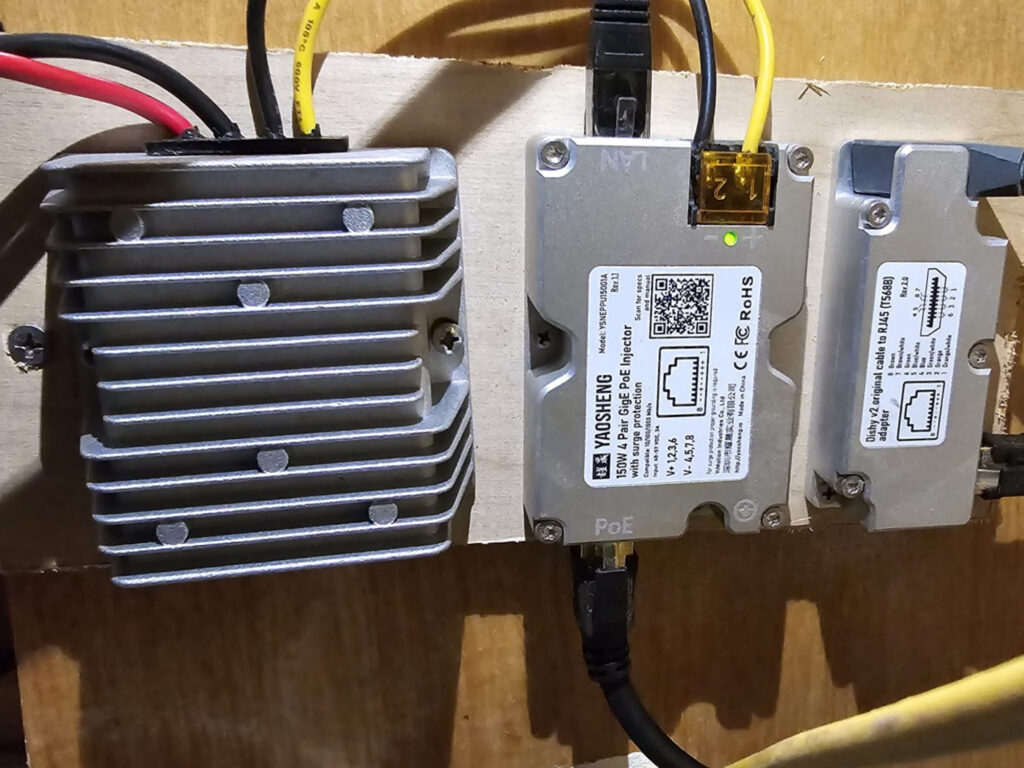
Third, we disabled internal motors. Why? Motors increase electricity use and reduce connection stability on a moving boat, including when swinging at anchor.
SpaceX cottoned onto this, I guess, since Gen 3 dishes don’t have motors. We’d encourage Gen 2 owners to disable theirs: it might feel scary to drill a hole in your antenna, but the performance is more stable, and you’ll save power.
The trickiest bit took a couple of tries to make the dish go flat. Jamie marked the spot, then drilled a hole with a 5/8-inch bit. After sucking out plastic debris, he used a pair of longish, stiff tweezers to pull out the wire connections to disable the motors.
How-to steps for this process are easy to find online. We initially covered the hole with some electrical tape, and later used silicone sealant on it for a longer-term solution.
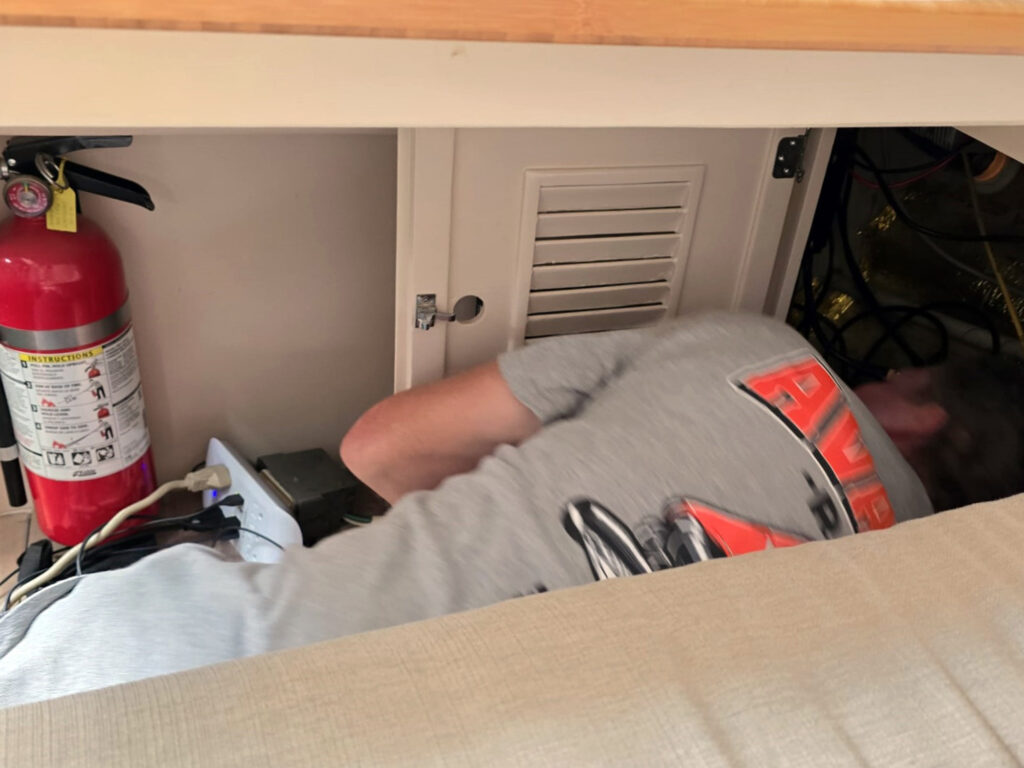
Integrating to Iridium Exec
Like a growing number of cruisers, Jamie and I rely on connectivity for income. We also aspire to spend time in remote locations again soon. But counting on Starlink working 100 percent of the time is too risky.
Iridium Exec is the obvious piece of gear for reliable remote connectivity. The Exec and Starlink are integrated through our PredictWind Data Hub, with Starlink as our primary internet source and with Iridium on standby.
Embarking on offshore passages without reliable backup communication feels dubious at best. For folks who have lower data needs: If texts are enough, an InReach is another option for that backup. It can’t download weather GRIBs, so isn’t a great option if you go farther for longer and end up relying upon it.
Change is the constant
It seems that as soon as cruisers get used to one set of norms with Starlink, things change. Terms of service continue to be inconsistently enforced, which means anyone using Starlink outside of those terms are carrying some risk.
This week, Starlink emailed a reminder to some users that Mobile plans are intended for temporary travel and transit, not permanent use in a country different from the service address on the account. This email reminded users that terms of service are contingent upon regulatory approvals by the country in which the dish is used, and stated that connections could be cut off on April 30.
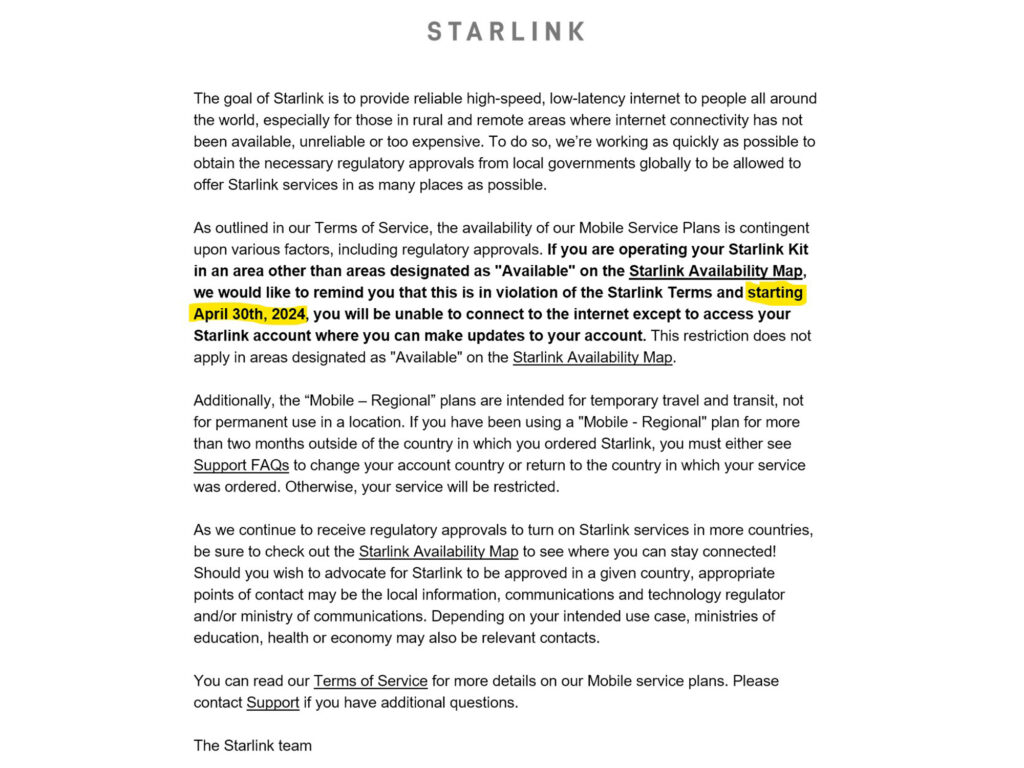
This notice appears to be aimed at a single country in Africa that does not have regulatory approval, with the helpful directions, “Should you wish to advocate for Starlink to be approved…” Recipients included plenty of South Pacific cruisers (French Polynesia is not yet “available” on the Starlink map) who were shaking in their sea boots. We get it. We depend on Starlink now, too.
More on Starlink aboard
For more resources on using Starlink on board, check our post about Starlink for Cruisers from November 2022. The resources we detailed are still the go-to references.
Coming up from the Sailing Totem crew
We’re giving two American Sailing Association seminars in the next few weeks. On April 25, we’re presenting proactive steps for safety on board. May 7, on the cusp of our intended passage to Hawaii, we’ll discuss passage preparation. For $10 off (more than 25%) use TOTEM10 in the checkout. Register here for safety at sea. The registration for passage planning is here.
On April 28, Totem Talks will answer the important question: Do cruisers poop in the ocean? A no-holds-barred conversation about heads, holding tanks and dealing with our, um, output. Get the poop here.If you’re in our coaching community, you could also join this weekend’s OpenCPN workshop. Want to know more? You can learn about working with us, or get in touch.








